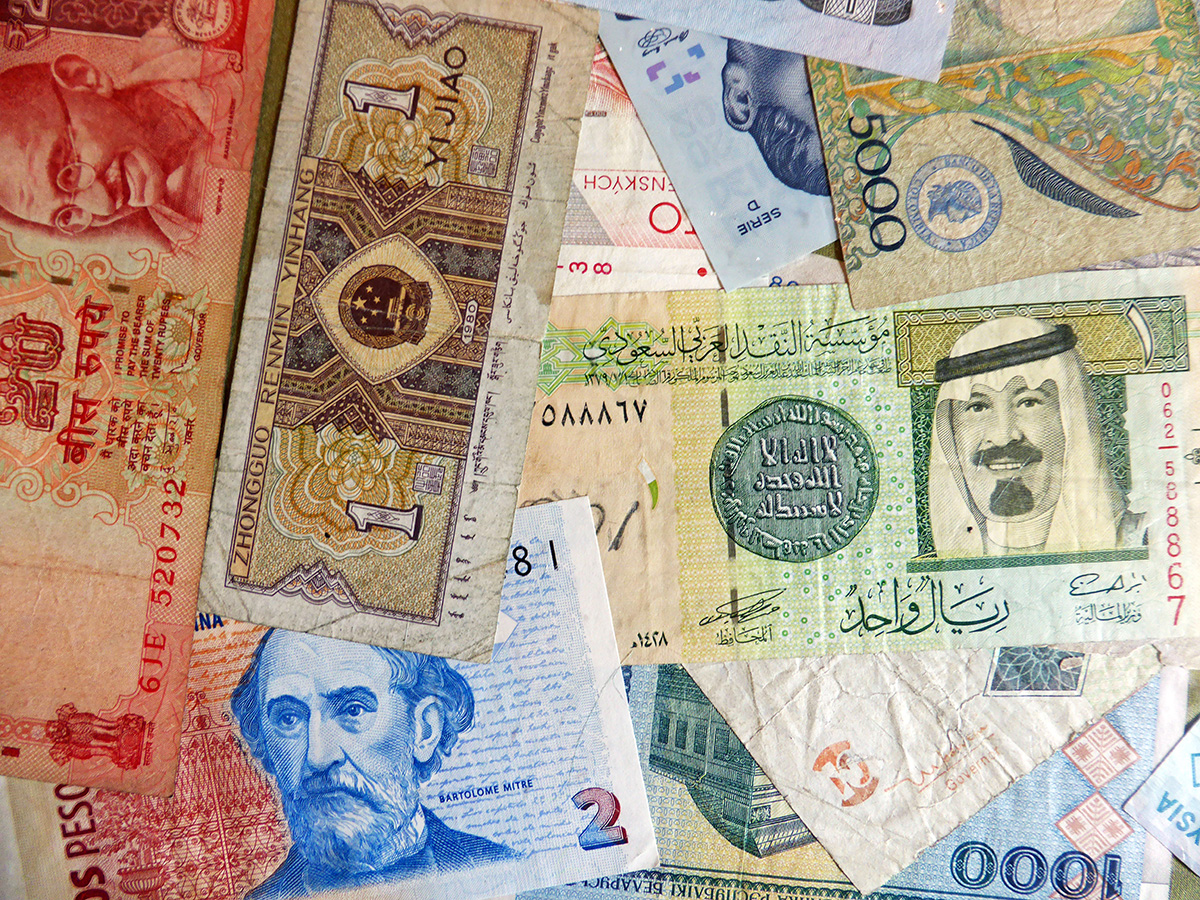 GDP is often used as a measure of wellbeing, even though it is really only a measure of the market value of a nation’s output or an indicator of economic activity. But although higher consumption can improve living standards, it is only one contributor to wellbeing, whether at individual or social level.
GDP is often used as a measure of wellbeing, even though it is really only a measure of the market value of a nation’s output or an indicator of economic activity. But although higher consumption can improve living standards, it is only one contributor to wellbeing, whether at individual or social level.
There are essentially four types of problems from using GDP as a measure of how society is doing.
The first is that it does not include (as negative figures) many external costs, such as pollution, stress and family breakdown related to work.
The second is that it includes things that are produced to counteract the adverse effects of increased production, such as security, antidepressants, therapy and clean-up activities.
The third is that it ignores things that are produced and do contribute to wellbeing and yet are not traded in the market. Examples include volunteer work, the ‘output’ of clubs and societies, work within the home, production from allotments and various activities taking place in the ‘underground economy’ to avoid taxation.
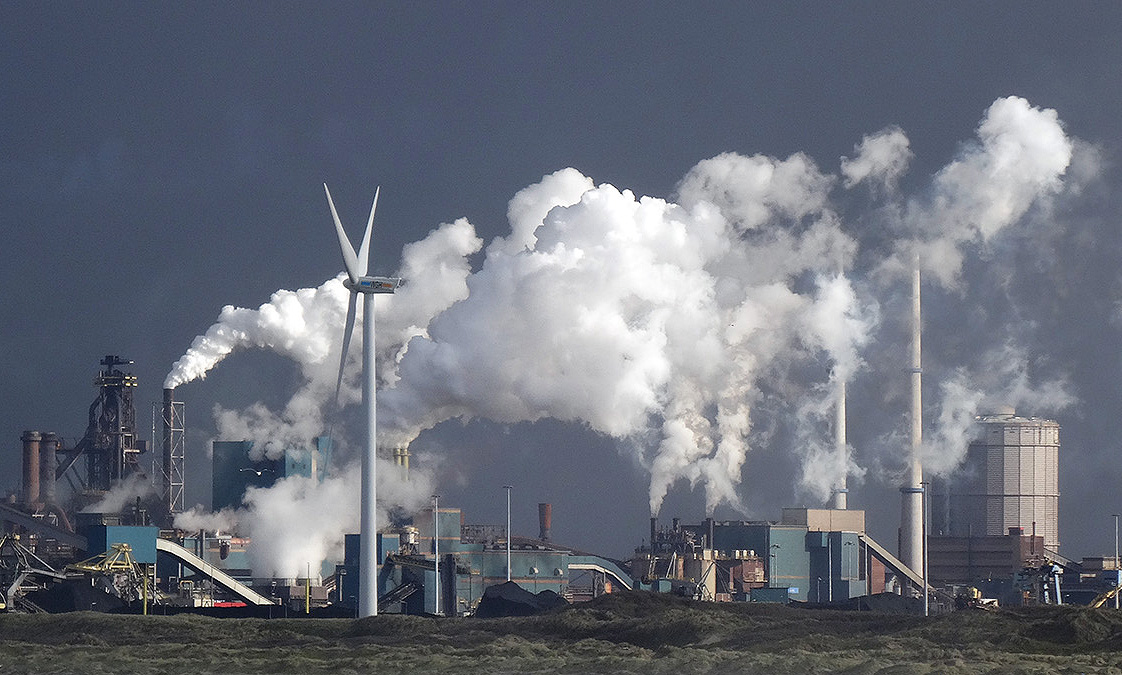 The fourth is the sustainability of economic growth. If we deplete natural resources, the growth of today may be at the cost of the wellbeing of future generations.
The fourth is the sustainability of economic growth. If we deplete natural resources, the growth of today may be at the cost of the wellbeing of future generations.
Then there is the question of the distribution of the benefits of production. Although GDP figures can be adjusted for distribution, crude GDP growth figures are not. If a few wealthy get a lot richer and the majority do not, or even get poorer, a growth in GDP will not signify a growth in wellbeing of the majority.
Then there is the question of the diminishing marginal utility of income. If an extra pound to a rich person gives less additional wellbeing than an extra pound to a poor person, then any given growth rate accompanied by an increase in inequality will contribute less to wellbeing than the same growth rate accompanied by a decrease in inequality.
The first article below criticises the use of crude indicators, such as the growth in GDP or stock market prices to signify wellbeing. It also looks at some alternative indicators that can capture some of the contributions to wellbeing missed by GDP figures.
Articles
Want to know how society’s doing? Forget GDP – try these alternatives The Guardian, Mark Rice-Oxley (27/1/17)
The Increasingly Inadequate Measurement Of Productivity The Market Mogul, Chris Woods (20/1/17)
Why GDP fails as a measure of well-being CBS News, Mark Thoma (27/1/16)
Limitations of GDP as Welfare Indicator The Sceptical Economist, zielonygrzyb (31/7/12)
Questions
- Should GDP be abandoned as an indicator?
- How could GDP be refined to capture more of the factors affecting wellbeing?
- Go through each of the indicators discussed in the first article above and consider their suitability as an indicator of wellbeing.
- “Everywhere you look, there are better benchmarks than these tired old financial yardsticks.” Identify three such indicators not considered in the first article and discuss their suitability as measures of economic performance.
- How might the benefit you gain from free apps be captured?
- Consider the suitability of these alternatives to GDP.
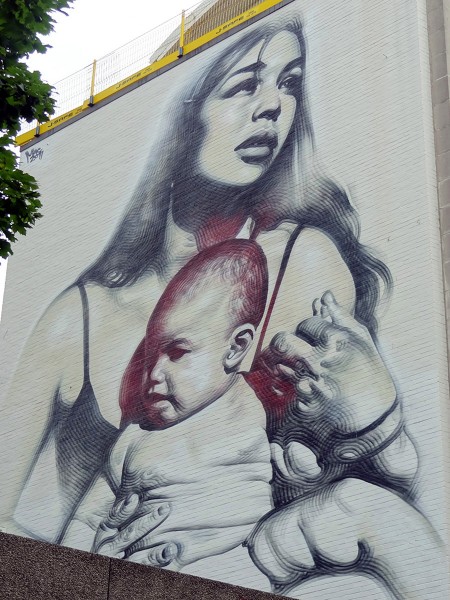 Some commentators have seen the victory of Donald Trump and, prior to that, the Brexit vote as symptoms of a crisis in capitalism. Much of the campaigning in the US election, both by Donald Trump on the right and Bernie Sanders on the left focused on the plight of the poor. Whether the blame was put on immigration, big government, international organisations, the banks, cheap imports undercutting jobs or a lack of social protection, the message was clear: capitalism is failing to improve the lot of the majority. A small elite is getting significantly richer while the majority sees little or no gain in their living standards and a rise in uncertainty.
Some commentators have seen the victory of Donald Trump and, prior to that, the Brexit vote as symptoms of a crisis in capitalism. Much of the campaigning in the US election, both by Donald Trump on the right and Bernie Sanders on the left focused on the plight of the poor. Whether the blame was put on immigration, big government, international organisations, the banks, cheap imports undercutting jobs or a lack of social protection, the message was clear: capitalism is failing to improve the lot of the majority. A small elite is getting significantly richer while the majority sees little or no gain in their living standards and a rise in uncertainty.
The articles below look at this crisis. They examine the causes, which they agree go back many years as capitalism has evolved. The financial crash of 2008 and the slow recovery since are symptomatic of the underlying changes in capitalism.
The Friedman article focuses on the slowing growth in technological advance and the problem of aging populations. What technological progress there is is not raising incomes generally, but is benefiting a few entrepreneurs and financiers. General rises in income may eventually come, but it may take decades before robotics, biotechnological advances, e-commerce and other breakthrough technologies filter through to higher incomes for everyone. In the meantime, increased competition through globalisation is depressing the incomes of the poor and economically immobile.
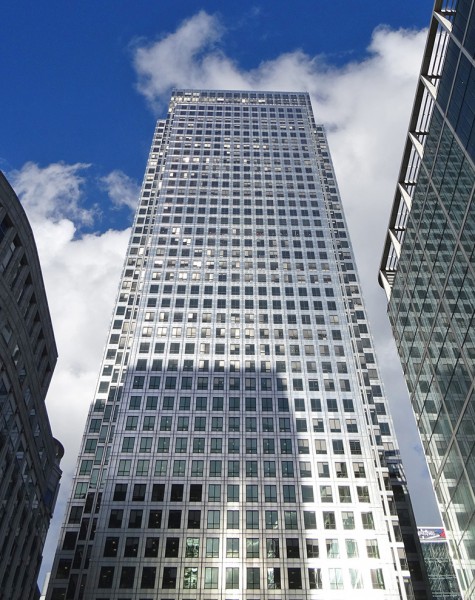 All the articles look at the rise of the rich. The difference with the past is that the people who are gaining the most are not doing so from production but from financial dealing or rental income; they have gained while the real economy has stagnated.
All the articles look at the rise of the rich. The difference with the past is that the people who are gaining the most are not doing so from production but from financial dealing or rental income; they have gained while the real economy has stagnated.
The gains to the rich have come from the rise in the value of assets, such as equities (shares) and property, and from the growth in rental incomes. Only a small fraction of finance is used to fund business investment; the majority is used for lending against existing assets, which then inflates their prices and makes their owners richer. In other words, the capitalist system is moving from driving growth in production to driving the inflation of asset prices and rental incomes.
The process whereby financial markets grow and in turn drive up asset prices is known as ‘financialisation’. Not only is the process moving away from funding productive investment and towards speculative activity, it is leading to a growth in ‘short-termism’. The rewards of senior managers often depend on the price of their companies’ shares. This leads to a focus on short-term profit and a neglect of long-term growth and profitability – to a neglect of investment in R&D and physical capital.
The process of financialisation has been driven by deregulation, financial innovation, the growth in international financial flows and, more recently, by quantitative easing and low interest rates. It has led to a growth in private debt which, in turn, creates more financial instability. The finance industry has become so profitable that even manufacturing companies are moving into the business of finance themselves – often finding it more profitable than their core business. As the Foroohar article states, “the biggest unexplored reason for long-term slower growth is that the financial system has stopped serving the real economy and now serves mainly itself.”
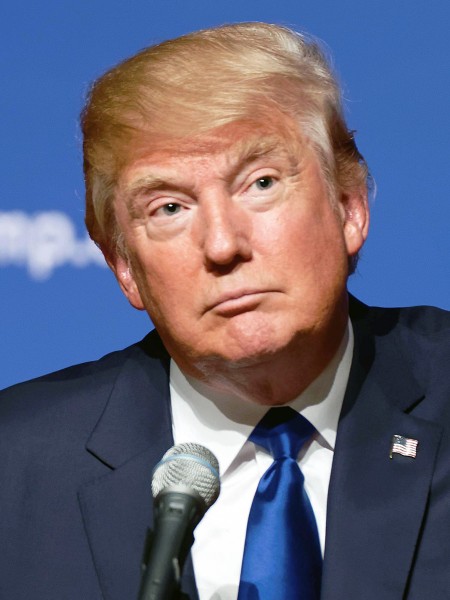 So will the election of Donald Trump, and pressure from populism in other countries too, mean that governments will focus more on production, job creation and poverty reduction? Will there be a movement towards fiscal policy to drive infrastructure spending? Will there be a reining in of loose monetary policy and easy credit?
So will the election of Donald Trump, and pressure from populism in other countries too, mean that governments will focus more on production, job creation and poverty reduction? Will there be a movement towards fiscal policy to drive infrastructure spending? Will there be a reining in of loose monetary policy and easy credit?
Or will addressing the problem of financialisation and the crisis of capitalism result in the rich continuing to get richer at the expense of the poor, but this time through more conventional channels, such as increased production and monopoly profits and tax cuts for the rich? Trump supporters from among the poor hope the answer is no. Those who supported Bernie Sanders in the Democratic primaries think the answer will be yes and that the solution to over financialisation requires more, not less, regulation, a rise in minimum wages and fiscal policies aimed specifically at the poor.
Articles
Can Global Capitalism Be Saved? Project Syndicate, Alexander Friedman (11/11/16)
American Capitalism’s Great Crisis Time, Rana Foroohar (12/5/16)
The Corruption of Capitalism by Guy Standing review – work matters less than what you own The Guardian, Katrina Forrester (26/10/16)
Questions
- Do you agree that capitalism is in crisis? Explain.
- What is meant by financialisation? Why has it grown?
- Will the policies espoused by Donald Trump help to address the problems caused by financialisation?
- What alternative policies are there to those of Trump for addressing the crisis of capitalism?
- Explain Schumpeter’s analysis of creative destruction.
- What technological innovations that are currently taking place could eventually benefit the poor as well as the rich?
- What disincentives are there for companies investing in R&D and new equipment?
- What are the arguments for and against a substantial rise in the minimum wage?
 Research published by the Institute for Fiscal Studies shows that graduates from wealthier family backgrounds earn significantly more than those from poorer backgrounds. If you compare the 20% of graduates from the richest backgrounds with the remaining 80%, the average earnings gap in 2012/13, 10 years after graduation, was £8000 per year for men and £5300 for women. Even when you take graduates in similar degrees from similar universities, there is still a gap of around 10% between those from richer and those from poorer backgrounds.
Research published by the Institute for Fiscal Studies shows that graduates from wealthier family backgrounds earn significantly more than those from poorer backgrounds. If you compare the 20% of graduates from the richest backgrounds with the remaining 80%, the average earnings gap in 2012/13, 10 years after graduation, was £8000 per year for men and £5300 for women. Even when you take graduates in similar degrees from similar universities, there is still a gap of around 10% between those from richer and those from poorer backgrounds.
 The research also shows that in 2012/13, 10 years after graduation, the median earnings for economics graduates was the second highest of any subject (just behind graduates in medicine) and that at the 90th percentile economics graduates had the highest earnings (£93 900 for women and £121 400 for men) of any subject. In fact, graduates in economics were the only males at this percentile earning over £100 000. (Click here for a PowerPoint of the chart.) As the Press Release to the IFS working paper states:
The research also shows that in 2012/13, 10 years after graduation, the median earnings for economics graduates was the second highest of any subject (just behind graduates in medicine) and that at the 90th percentile economics graduates had the highest earnings (£93 900 for women and £121 400 for men) of any subject. In fact, graduates in economics were the only males at this percentile earning over £100 000. (Click here for a PowerPoint of the chart.) As the Press Release to the IFS working paper states:
For males, it is estimated that approximately 12% of economics graduates earned above £100 000 some ten years after graduation; by contrast,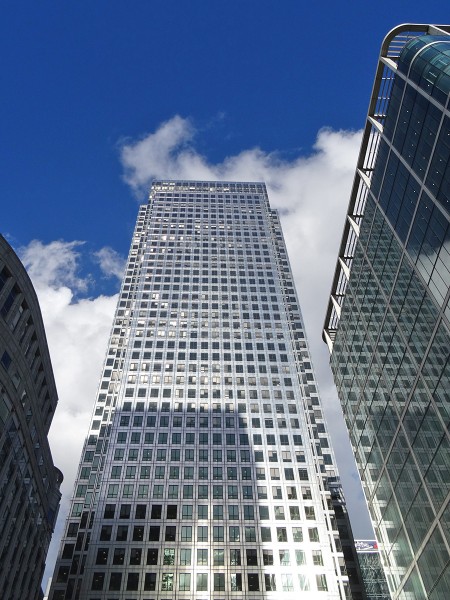 6% of those studying medicine or law earned more than £100 000.
6% of those studying medicine or law earned more than £100 000.
For females, it is estimated that approximately 9% of economics graduates earned above £100 000 some ten years after graduation; by contrast, just 1% of those studying medicine and 3% of those studying law did so.
For some subjects, graduates earned little more than non-graduates.
Those studying the creative arts had the lowest earnings, and indeed earned no more on average than non-graduates.
The research also shows that earnings vary substantially by gender and university. For those earning £8000 or more, the median earnings for male graduates 10 years after graduation was £30 000 (compared with £21 000 for non-graduates), whereas for women it was £27 000 (compared with £18 000 for non-graduates).
Earnings are substantially higher for graduates from some universities, such as Oxford, Cambridge and the LSE. “At the other end of the spectrum, there were some institutions (23 for men and 9 for women) where the median graduate earnings were less than those of the median non-graduate ten years on.” Differences in graduate earnings by university tend to compound the difference by students’ family background as those from poorer backgrounds disproportionately attend universities with lower average graduate earnings by discipline.
The following articles consider the findings and their implications for higher education policy
Articles
Graduates from wealthy backgrounds reap earnings benefits Times Higher Education, John Morgan (13/4/16)
Graduate Earnings Guided By Parents’ Wealth, Institute For Fiscal Studies Report Finds Huffington Post, George Bowden (13/4/16)
Graduates from poorer backgrounds earn less than richer peers on same course, major international study finds Independent. Oliver Wright (13/4/16)
Richer students have higher graduate income, study finds The Guardian (13/4/16)
Want a Higher Salary? It Helps If You’re a Man With Rich Parents Bloomberg, Robert Hutton (13/4/16)
Economics graduates are in the money Why Study Economics? Economics in Action blog (15/4/16)
IFS paper
What and where you study matter for graduate earnings – but so does parents’ income IFS Press Release (13/4/16)
How English domiciled graduate earnings vary with gender, institution attended, subject and socio-economic background IFS Working Paper W16/06, Jack Britton, Lorraine Dearden, Neil Shephard and Anna Vignoles (13/4/16)
Data
Free Online Statistics – Students & qualifiers Higher Education Statistics Agency (HESA)
Applications and acceptances for types of higher education course – 2015 UCAS
What do graduates do? Higher Education Careers Services Unit
Questions
- For what reasons are graduates from rich backgrounds likely to earn substantially more than graduates from poor backgrounds?
- Why are graduates in economics likely to earn more than graduates in other subjects, especially those in the top percentile of earners from any given subject?
- How might marginal productivity help to explain the differences in earnings of different graduates?
- What are meant by ‘soft skills’. Why may students from richer backgrounds have better soft skills in the context of (a) university admission and (b) getting a job on graduation?
- Why are female graduates likely to earn less than male graduates with the same class of degree in the same subject?
- What could be done by (a) universities and (b) the government to increase social mobility?
- Do you think that the findings of the research have implications for the way students’ study is funded? Explain.
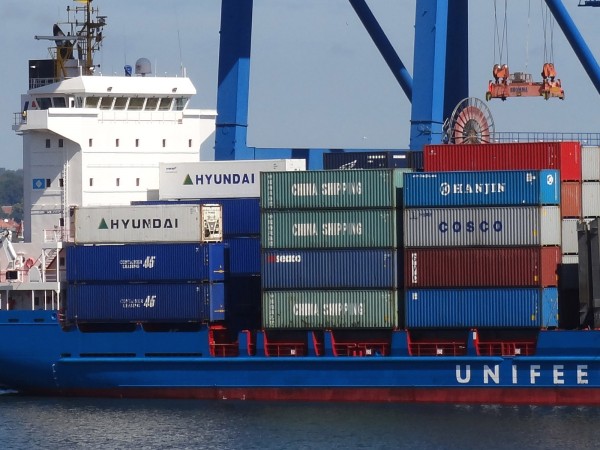 According to the law of comparative advantage, trade can benefit all countries if they export goods which they can produce at lower opportunity costs than their trading partners. Trade enables all countries to consume beyond their production possibility frontier. What is more, trade can increase competition, which encourages firms to be more efficient.
According to the law of comparative advantage, trade can benefit all countries if they export goods which they can produce at lower opportunity costs than their trading partners. Trade enables all countries to consume beyond their production possibility frontier. What is more, trade can increase competition, which encourages firms to be more efficient.
That trade is beneficial has been generally accepted by governments around the world since the Second World War, with the General Agreement on Tariffs and Trade (GATT) and then the World Trade Organization (WTO) advocating the dismantling of trade barriers. Countries have participated in a series of trade ’rounds’, such as the Uruguay Round (1986–94) and most recently the Doha Round (2001–15). But since the financial crisis of 2008, there has been waning enthusiasm for freer trade and growing calls to protect strategic and/or vulnerable industries. To some extent this mirrors the growth in protection after the Great Depression of the early 1930s as countries sought to boost their own industries.
After some progress in the Doha round talks in Nairobi in December 2015, the talks effectively marked the end of a fourteen-year road for the round (see also). There was a failure to agree on a number of items and chances of resurrecting the talks seem slim.
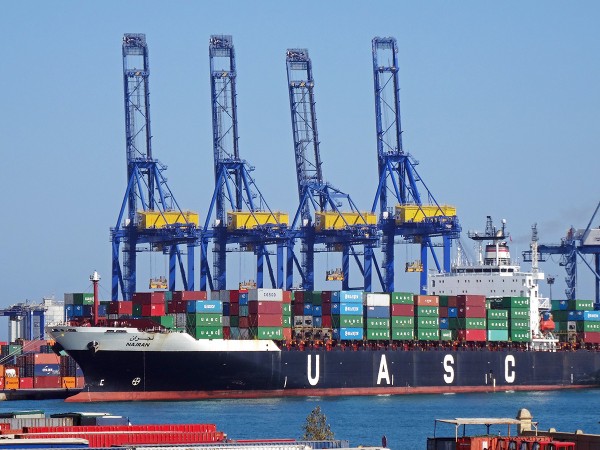 The classic response to calls for protection is that it can lead to a trade war, with a net loss in global output as less efficient domestic industries are shielded from competition from lower-cost imports. Consumers lose from no longer having access to cheaper imported goods. Trade wars, it is argued, are a negative sum game. Any gains to one country are more than offset by losses elsewhere. In fact, it is likely that all countries will lose.
The classic response to calls for protection is that it can lead to a trade war, with a net loss in global output as less efficient domestic industries are shielded from competition from lower-cost imports. Consumers lose from no longer having access to cheaper imported goods. Trade wars, it is argued, are a negative sum game. Any gains to one country are more than offset by losses elsewhere. In fact, it is likely that all countries will lose.
One argument for protection recognises the efficiency gains from free trade, but argues that current trade is distorted. For example, countries may subsidise the export of products in which they have a comparative disadvantage and dump them on the rest of the world. The WTO recognises this as a legitimate argument for tariffs, if they are used to offset the effect of the subsidies and make import prices more reflective of the cost of production.
But increasingly arguments go beyond this. Industries that are regarded as strategic to a country’s future, such as the steel industry or agriculture, are seen as warranting protection. With protection, investment may flow to such industries, making them more efficient and even gaining a comparative advantage at some point in the future.
Then there is the question of income distribution. Trade with poor countries may help to close the gap somewhat between rich and poor countries. The reason is that poor countries, with an abundance of labour, are likely to have a comparative advantage in labour-intensive products. The demand for exports of such products will help to drive up wages in such countries. However, income distribution within the rich countries may become less equal. Cheap imports from developing countries may depress the wages of unskilled or low-skilled workers in the rich countries.
Another argument concerns the devastation caused to communities by the closure of plants which are major employers. Workers made redundant may find it hard to find alternative employment, especially if their skills are specific to the plant that has closed. At least in the short term, it is argued that such industries warrant protection to allow time for alternative employers to be attracted into the area.
Arguments such as these are being used today in many countries as they struggle with slowing growth in China, a glut of global resources and overcapacity in certain industries.
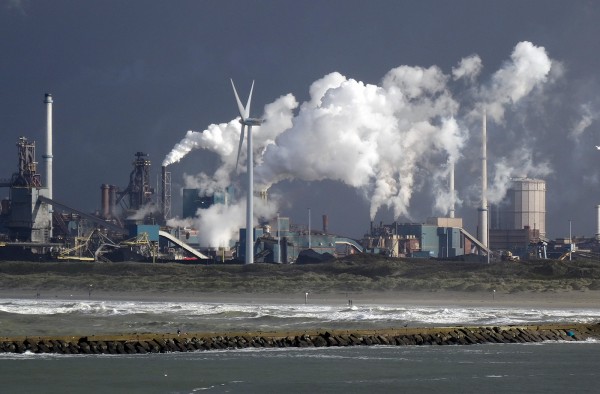 The steel industry is a case in point. The announcement by Tata Steel that it intends to close the Port Talbot steel works has been met with consternation and calls for protection against subsidised Chinese steel imports. The USA already imposes tariffs of 256% on corrosion-resistant Chinese steel. The EU has proposed raising tariffs on Chinese steel to the full amount of the subsidy, but the UK has blocked this, not wishing to trigger a trade war with China. In the meantime, China has announced the imposition of a tariff of 46% on a particular type of hi-tech steel imported from the EU.
The steel industry is a case in point. The announcement by Tata Steel that it intends to close the Port Talbot steel works has been met with consternation and calls for protection against subsidised Chinese steel imports. The USA already imposes tariffs of 256% on corrosion-resistant Chinese steel. The EU has proposed raising tariffs on Chinese steel to the full amount of the subsidy, but the UK has blocked this, not wishing to trigger a trade war with China. In the meantime, China has announced the imposition of a tariff of 46% on a particular type of hi-tech steel imported from the EU.
On the other side of the Atlantic, there have been growing protectionist calls from presidential front runners. Donald Trump and Ted Cruz on the Republican side, and Bernie Sanders and now Hilary Clinton on the Democratic side, are opposed to the trade agreement that President Obama has been seeking with the EU – the Transatlantic Trade and Investment Partnership (TTIP). Donald Trump has proposed imposing tariffs of 45% on all Chinese imports.

The following articles look at the growing calls for protection, especially against China, and at the arguments about what should be done to protect the UK and EU steel industry.
Articles
Defiant China slaps steel tariffs on Britain as trade war looms The Telegraph, Ambrose Evans-Pritchard (1/4/16)
China’s soaring steel exports may presage a trade war, The Economist (9/12/15)
Trade, at what price? The Economist (30/3/16)
Free trade in America: Open argument The Economist (2/4/16)
Can the British steel industry be saved? Financial Times (2/4/16)
Steel crisis: UK government plays down China tariff fears BBC News (2/4/16)
The dogmas destroying UK steel also inhibit future economic growth The Observer, WIll Hutton (3/4/16)
UK accused of leading efforts to block limits to Chinese steel dumping The Guardian, Frances Perraudin (1/4/16)
There’s always an excuse to justify suspending free trade – Tata is the latest The Telegraph, Allister Heath (1/4/16)
Can one of the world’s top economies live without making steel? Bloomberg, Thomas Biesheuvel (1/4/16)
Trade policy is no longer just for political nerds: it matters in the UK and US The Guardian, Larry Elliott (27/3/16)
Steel shrivels while Britain’s balance of payments crisis grows The Observer, WIlliam Keegan (3/4/16)
Trump’s tariff plan could boomerang, spark trade wars with China, Mexico Reuters, David Lawder and Roberta Rampton (24/3/16)
Analysis: A Trump trade war could cost the U.S. millions of jobs Daily Herald (Chicago), Jim Tankersley (3/4/16)
Questions
- What is meant by the ‘law of comparative advantage’? Does the law imply that countries will always gain from totally free trade?
- Demonstrate the gains for each of two countries which choose to trade with each other (see, for example, pages 711–3 in Economics, 9th edition).
- What is meant by ‘strategic trade theory’? How would such theory relate to the case of steel production in south Wales?
- What are the arguments for and against the EU imposing tariffs on Chinese steel imports equal to the subsidy given by the Chinese government?
- Is protectionism always a negative sum game? Explain.
- Assess the validity of various arguments for protection.
- Why did it prove impossible to complete the Doha round?
- What is meant by the ‘Transatlantic Trade and Investment Partnership (TTIP)’? Why is there so much opposition to it?
- Are bilateral trade deals, such as the TTIP, the best way of moving forward in reaping the gains from freer trade?
 According to a an article in The Guardian, The best news in the world, by the president of the World Bank, Jim Yong Kim, there has been a dramatic fall in global poverty over the past two decades. The number of people in extreme poverty is projected to fall this year to below 10% of global population for the first time. This has been made possible, he claims, by unprecedented economic growth, especially in China.
According to a an article in The Guardian, The best news in the world, by the president of the World Bank, Jim Yong Kim, there has been a dramatic fall in global poverty over the past two decades. The number of people in extreme poverty is projected to fall this year to below 10% of global population for the first time. This has been made possible, he claims, by unprecedented economic growth, especially in China.
But this raises three questions.
The first is whether, in the face of falling growth rates, progress in poverty reduction can be maintained.
The second is whether the World Bank is measuring extreme poverty in the right way. It is now defined as living on less than US$1.90 a day in 2011 prices – until a few weeks ago is was $1.25 in 2005 prices. As a result of this rebasing, global poverty falls from 14.5% of the world’s population (or 1011 million people) under the old method to 14.2% (or 987 million) under the new.
The third question is whether countries can improve their data collection so that a truer estimate of poverty can be made.
As far as the first question is concerned, Kim states that to stimulate growth, ‘every dollar of public spending should be scrutinised for impact. Every effort must be made to improve productivity.’ What is more, three things must happen:
|
|
| • |
Economic growth must lift all people. It must be inclusive. |
| • |
Investment in human beings is crucial – especially investing in their health and education. Malnourished and poorly educated children will never reach their full potential and countries, in turn, will fall short of their economic and social aspirations. |
| • |
We must ensure that we can provide safety nets that prevent people from falling back into poverty because of poor health, economic shocks, or natural disasters. |
As far as the second question is concerned, there are many who argue that $1.90 per day is far too low a measure of the extreme poverty threshold. It is a purchasing-power parity measure and is equivalent to what $1.90 would buy in the USA in 2011. 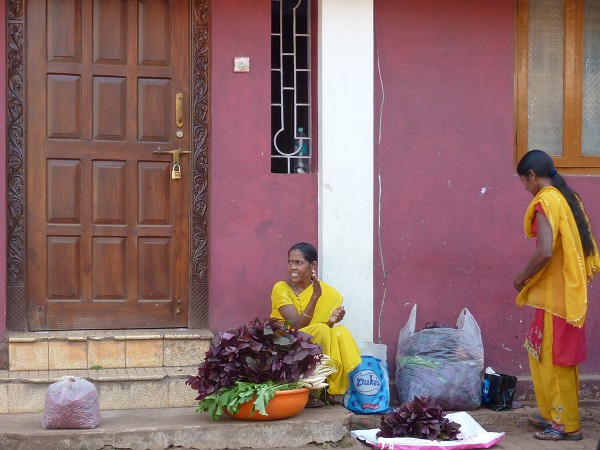 But, according to the Jason Hickel article linked below, ‘the US Department of Agriculture calculates that in 2011 the very minimum necessary to buy sufficient food was $5.04 per day. And that’s not taking account of other requirements for survival, such as shelter and clothing.’ Peter Edward of Newcastle University, claims Hickell, ‘calculates that in order to achieve normal human life expectancy of just over 70 years, people need roughly 2.7 to 3.9 times the existing poverty line.’
But, according to the Jason Hickel article linked below, ‘the US Department of Agriculture calculates that in 2011 the very minimum necessary to buy sufficient food was $5.04 per day. And that’s not taking account of other requirements for survival, such as shelter and clothing.’ Peter Edward of Newcastle University, claims Hickell, ‘calculates that in order to achieve normal human life expectancy of just over 70 years, people need roughly 2.7 to 3.9 times the existing poverty line.’
But even if living on below $1.90 a day is defined as extreme poverty, it is important not to see the problem of poverty as having been solved for people who manage to achieve an income slightly above that level.
The third question is how to improve data. There is a paucity and unreliability of data in many developing countries. According to Kim:
Our report adds that data is sparse and inconsistent across the region and globally. Some 29 countries around the world had no poverty data from 2002 to 2011, so they could not track their progress. Another 28 had just one survey that collected poverty data during that time.
This is a situation that must change to improve the world’s ability to tackle poverty. In fact, we can’t accomplish our goal if we do not have enough information to know whether people are actually lifting themselves out of poverty. For that we need to address huge data gaps. We need robust data.
Articles
The best news in the world: we have made real progress towards ending extreme poverty The Guardian, Jim Yong Kim (3/11/15)
Could you live on $1.90 a day? That’s the international poverty line The Guardian, Jason Hickel (1/11/15)
Making international trade work for the world’s poorest The Guardian, Jim Yong Kim and Roberto Azevêdo (30/6/15)
Global Poverty Will Hit New Low This Year, World Bank Says Huffington Post, Lydia O’Connor (23/10/15)
The international poverty line has just been raised to $1.90 a day, but global poverty is basically unchanged. How is that even possible? World Bank blogs, Francisco Ferreira, Dean Mitchell Jolliffe and Espen Beer Prydz (4/10/2015)
Why Didn’t the World Bank Make Reducing Inequality One of Its Goals? World Bank blogs, Jaime Saavedra-Chanduvi (23/9/13)
$1.90 Per Day: What Does it Say? Institute for New Economic Thinking, Rahul Lahoti and Sanjay Reddy (6/10/15)
Reports and papers
The Role of Trade in Ending Poverty WTO and World Bank (2015)
Poverty in a Rising Africa World Bank (1/10/15)
Ending extreme poverty and sharing prosperity: progress and policies World Bank, Marcio Cruz, James Foster, Bryce Quillin and Philip Schellekens (October 2015)
Questions
- Explain how the World Bank calculates the extreme poverty line.
- Why, if the line has risen from $1.25 per day to $1.90 per day, has the number of people recorded as being in extreme poverty fallen as a result?
- Why has the number of people in extreme poverty been rising over the years and yet the percentage of people in extreme poverty been falling?
- What policies can be adopted to tackle poverty? Discuss their practicality?
- Are reduced poverty and increased economic growth consistent policy goals? (See the blog post Inequality and economic growth.)
- What are the inadequacies of using income per day (albeit in ppp terms) as a measure of the degree of poverty? What other indicators of poverty could be used and how suitable would they be?
- How could international trade be made to work for the world’s poorest?
 GDP is often used as a measure of wellbeing, even though it is really only a measure of the market value of a nation’s output or an indicator of economic activity. But although higher consumption can improve living standards, it is only one contributor to wellbeing, whether at individual or social level.
GDP is often used as a measure of wellbeing, even though it is really only a measure of the market value of a nation’s output or an indicator of economic activity. But although higher consumption can improve living standards, it is only one contributor to wellbeing, whether at individual or social level. The fourth is the sustainability of economic growth. If we deplete natural resources, the growth of today may be at the cost of the wellbeing of future generations.
The fourth is the sustainability of economic growth. If we deplete natural resources, the growth of today may be at the cost of the wellbeing of future generations.










